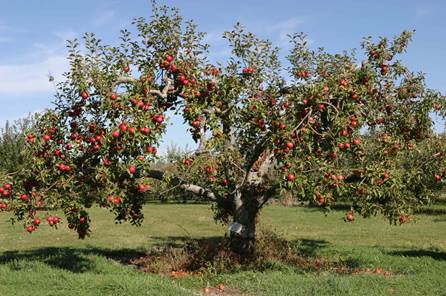
Within 50 years, it was discovered that high doses of phlorizin caused excretion of glucose into urine and was used in trials evaluating kidney physiology. There was a resurgence of interest in phlorizin in the late 1980s with the realisation of its novel mechanism for reducing high sugars by inhibition of SGLT.

SGLT2 is a low-affinity, high capacity glucose transporter located in the proximal tubule in the kidneys. It is responsible for 90% of glucose reabsorption. Inhibition of SGLT2 leads to the decrease in blood glucose due to the increase in kidney glucose excretion.

However, Phlorizin was not pursued as a medication for the treatment of diabetes in humans since the compound is poorly absorbed from the gastrointestinal tract and inhibits both SGLT1 and SGLT2. Analogs of phlorizin have now been developed that resolve these two problems. Drugs in the SGLT2 inhibitors class include empagliflozin, canagliflozin, dapagliflozin and ipragliflozin. At this time canagliflozin is the only drug in this class approved by the FDA for the treatment of type 2 diabetes.

